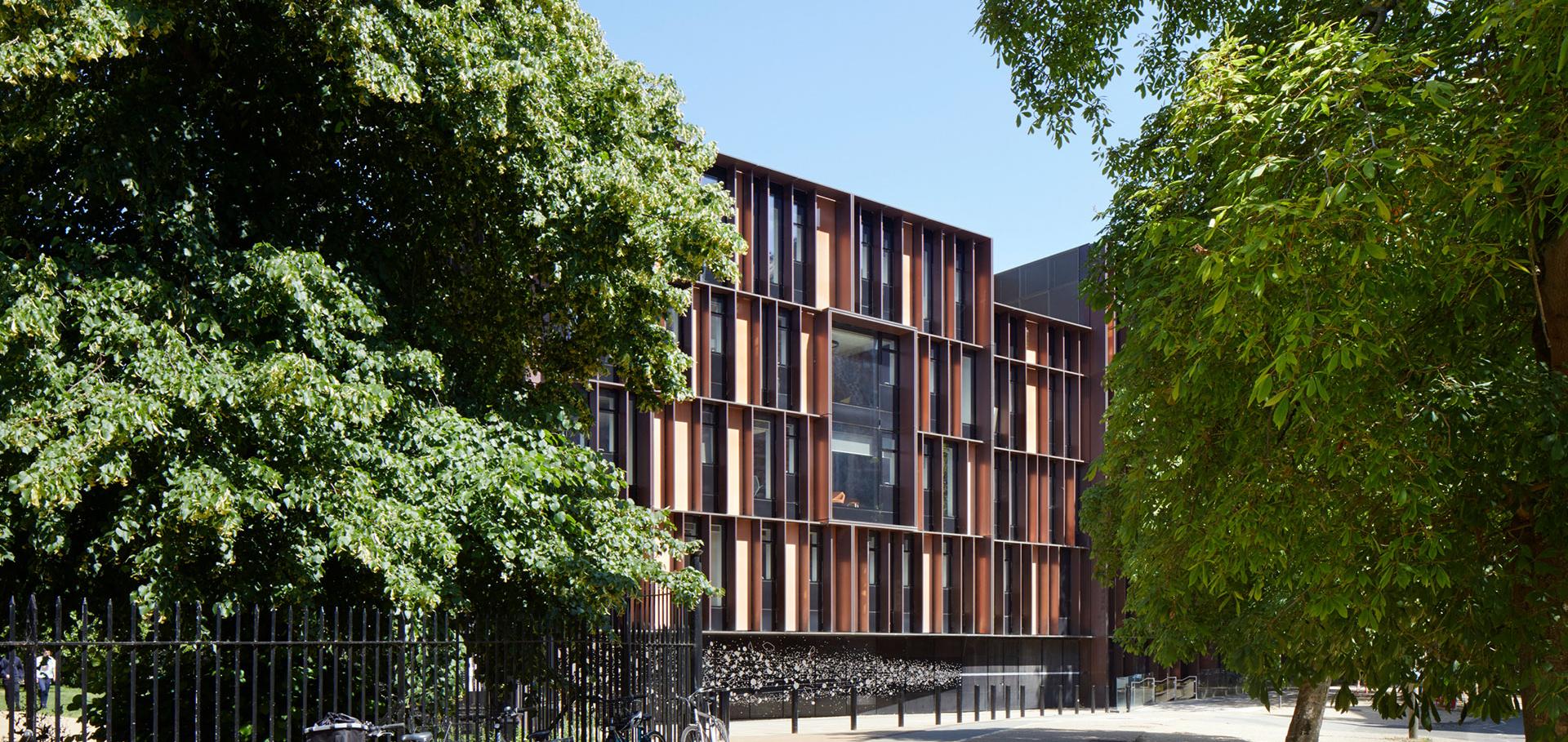Spectral design and verification of HIRDLS filters and antireflection coatings using an integrated system performance approach
Infrared Spaceborne Remote Sensing VI SPIE (1998)
Abstract:
The HIRDLS instrument contains 21 spectral channels spanning a wavelength range from 6 to 18mm. For each of these channels the spectral bandwidth and position are isolated by an interference bandpass filter at 301K placed at an intermediate focal plane of the instrument. A second filter cooled to 65K positioned at the same wavelength but designed with a wider bandwidth is placed directly in front of each cooled detector element to reduce stray radiation from internally reflected in-band signals, and to improve the out-of-band blocking. This paper describes the process of determining the spectral requirements for the two bandpass filters and the antireflection coatings used on the lenses and dewar window of the instrument. This process uses a system throughput performance approach taking the instrument spectral specification as a target. It takes into account the spectral characteristics of the transmissive optical materials, the relative spectral response of the detectors, thermal emission from the instrument, and the predicted atmospheric signal to determine the radiance profile for each channel. Using this design approach an optimal design for the filters can be achieved, minimising the number of layers to improve the in-band transmission and to aid manufacture. The use of this design method also permits the instrument spectral performance to be verified using the measured response from manufactured components. The spectral calculations for an example channel are discussed, together with the spreadsheet calculation method. All the contributions made by the spectrally active components to the resulting instrument channel throughput are identified and presented.An ultra-wide passband (5–30 μm) filter for FTIR studies of Photosystem II
Infrared Physics & Technology Elsevier BV 39:5 (1998) 297-306
Abstract:
This paper reports on the design and manufacture of an ultra-wide (5-30µm) infrared edge filter for use in FTIR studies of the low frequency vibrational modes of metalloproteins. We present details of the spectral design and manufacture of such a filter which meets the demanding bandwidth and transparency requirements of the application, and spectra that present the new data possible with such a filter. A design model of the filter and the materials used in its construction has been developed capable of accurately predicting spectral performance at both 300K and at the reduced operating temperature at 200K. This design model is based on the optical and semiconductor properties of a multilayer filter containing PbTe (IV-VI) layer material in combination with the dielectric dispersion of ZnSe (II-VI) deposited on a CdTe (II-VI) substrate together with the use of BaF2 (II-VII) as an antireflection layer. Comparisons between the computed spectral performance of the model and spectral measurements from manufactured coatings over a wavelength range of 4-30µm and temperature range 300-200K are presented. Finally we present the results of the FTIR measurements of Photosystem II showing the improvement in signal to noise ratio of the measurement due to using the filter, together with a light induced FTIR difference spectrum of Photosystem II.Infrared filters and dichroics for the advanced along-track scanning radiometer
Applied Optics The Optical Society 35:28 (1996) 5524-5524
Abstract:
The design and manufacture of the band-defining filters and their associated dichroic beam splitter for the 11- and the 12-µm infrared channels of the advanced along-track scanning radiometer are described. The filter requirements that have led to the choice of coating designs, coating materials, disposition of coatings, and effects of polarization are discussed. Overall spectral throughputs of the filter and dichroic interaction for the two channels are also presented.Infrared filters for space-flight focal plane array applications
Optical Interference Coatings SPIE (1994)
Abstract:
Infrared filters and coatings have been employed on many sensing radiometer instruments to measure the thermal emission profiles and concentrations of certain chemical constituents found in planetary atmospheres. The High Resolution Dynamics Limb Sounder (HIRDLS) is an example of the most recent developments in limb-viewing radiometry by employing a cooled focal plane detector array to provide simultaneous multi-channel monitoring of emission from gas and aerosols over an altitude range between 8 - 70 km. The use of spectrally selective cooled detectors in focal plane arrays has simplified the optical layout of radiometers, greatly reducing the number of components in the optical train. this has inevitably led to increased demands for the environmental durability of the focal plane filters because of the need to cut sub-millimetre sizes, whilst maintaining an optimal spectral performance. Additionally the remaining refractive optical elements require antireflection coatings which must cover the entire spectral range of the focal plane array channels, in this case 6 to 18µm, with a minimum of reflection and absorption. This paper describes the optical layout and spectral design requirements for filtering in the HIRDLS instrument, and reports progress on the manufacturing and testing of the sub-millimetre sized cooled filters. We also report on the spectral and environmental performance of prototype wideband antireflection coatings which satisfy the requirements above.Design and fabrication of infrared filters for remote sounding instrumentation
Space Optics 1994: Space Instrumentation and Spacecraft Optics SPIE (1994)


